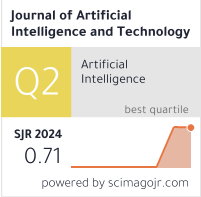Research on Obstacle Detection Method of Urban Rail Transit Based on Multisensor Technology
DOI:
https://doi.org/10.37965/jait.2020.0027Keywords:
multisensor technology, urban rail transit, obstacle detectionAbstract
With the rapid development of urban rail transit, passenger traffic is increasing, and obstacle violations are more frequent, and the safety of train operation under high-density traffic conditions is becoming more and more thought-provoking. In order to monitor the train operating environment in real time, this paper first adopts multi-sensing technology based on machine vision and lidar, which is used to collect video images and ranging data of the track area in real time, and then it performs image preprocessing and division of regions of interest on the collected video. Then, the obstacles in the region of interest are detected to obtain the geometric characteristics and position information of the obstacles. Finally, according to the danger level of the obstacles, determine the degree of impact on train operation , the automatic response mode and manual response mode of the signal system are used to transmit the detection results to the corresponding train to control train operation. Through simulation analysis and experimental verification, the detection accuracy and control performance of the detection method are confirmed, which provides safety guarantee for the train operation.
Metrics
Published
How to Cite
Issue
Section
License
Copyright (c) 2021 Authors

This work is licensed under a Creative Commons Attribution 4.0 International License.





